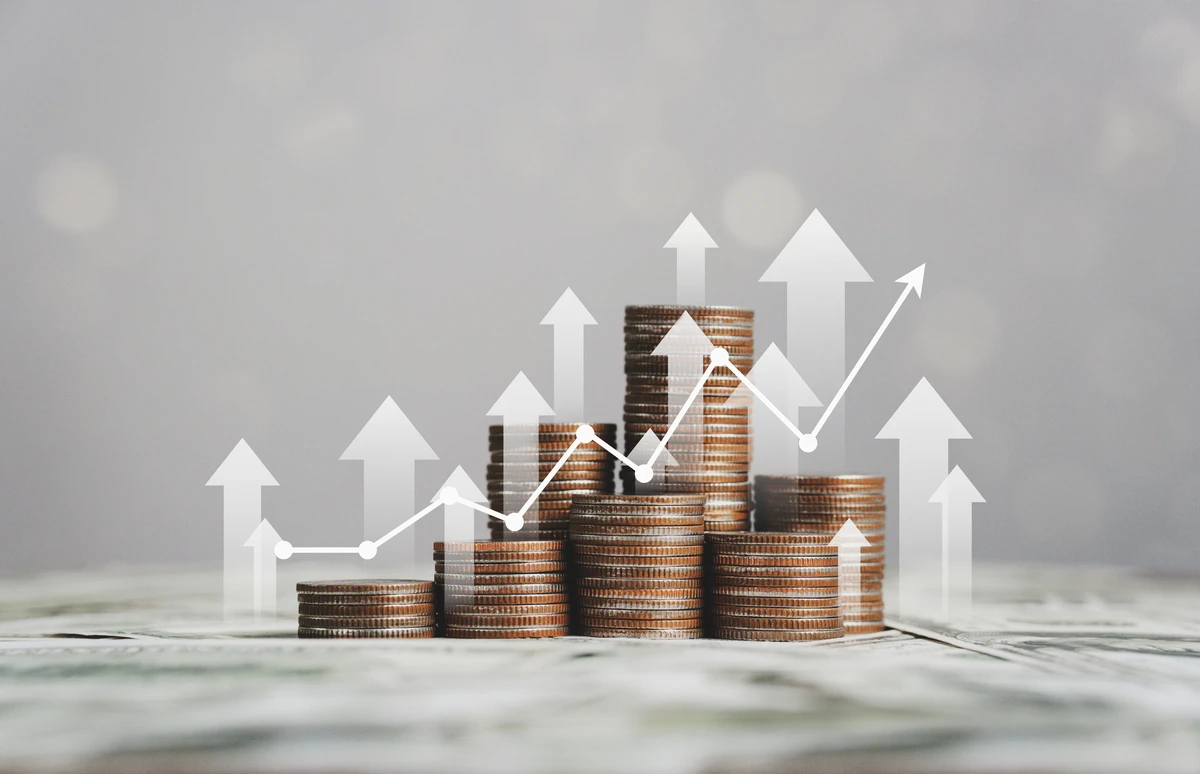The U.S. economy has not officially entered a recession, yet many consumers are currently experiencing financial difficulties. Years of rising prices and increasing housing costs have particularly impacted low-income shoppers frequenting dollar stores. One might expect a stock like Dollar Tree (1.82%) to hold strong in such times, but even it is struggling to achieve significant growth.
Dollar Tree’s recent earnings report fell short of expectations, and its stock price is at a low not seen in years. Here’s an analysis of why investors are pessimistic about Dollar Tree and whether this undervalued stock might be a worthwhile investment now.
Contents
Reasons Behind Dollar Tree’s Decline Post-Earnings
Last week, Dollar Tree’s shares plummeted over 20% after investors found the retailer’s recent quarterly performance lackluster. For the quarter ending August 3, same-store sales rose just 0.7% compared to the same period last year. CEO Rick Dreiling attributed this to “immense pressures from a challenging macro environment,” with consumer demand proving weak even for the company’s low-cost products. Adding to investor concerns, the retailer’s profits were disappointing, amounting to just $132.4 million, a 34% decline from the previous year.
Moreover, Dollar Tree has revised its forecast for the full fiscal year ending in January. It now anticipates adjusted earnings per share (EPS) between $5.20 and $5.60, a significant drop from its earlier projection of at least $6.50. This outlook revision is partly due to the acquisition of 170 leases from 99 Cents Only stores, which filed for Chapter 11 bankruptcy earlier this year. Although this purchase will lead to higher-than-usual expenses during the conversion process, it also allows Dollar Tree to expand its footprint in states like Arizona, California, Nevada, and Texas.
Is the Stock in Jeopardy?
Investors might have already been wary of discount retailers following Dollar General’s earnings report in late August, where it attributed its lackluster results to a “financially constrained” core customer base. Dollar Tree, offering similarly priced products, likely faces comparable challenges. It’s no surprise that both stocks have struggled this year, each down over 40% since January.
However, Dollar Tree isn’t in dire straits. The company has generated over $1 billion in operating cash flow in the first half of the year. Additionally, there is potential for Dollar Tree to sell Family Dollar, which has been underperforming. This could provide extra cash flow while streamlining and focusing its operations. Though it’s a tough period for Dollar Tree, the company is far from being in a hopeless situation.
How Affordable Is Dollar Tree Stock?
Dollar Tree’s stock has sharply declined this year, reaching its lowest point since 2017. Trading at less than 12 times its projected future earnings, based on analyst forecasts, the retail stock is valued modestly. Even Dollar General trades at a slightly higher multiple, over 13 times future profits.
However, the strength of next year’s profits remains uncertain, particularly if the economy slides into a recession and Dollar Tree’s struggling consumers face even more challenges. Relying on forward earnings multiples involves assumptions about the business’s future, which are difficult for analysts to make accurately in the current economic climate.
Should You Consider Buying Dollar Tree Stock Now?
Dollar Tree faces significant challenges, but they are not insurmountable. Under more favorable economic conditions, the stock could recover in the long term.
Given its low valuation, Dollar Tree could be an attractive buy at the moment. While a quick recovery in the stock’s value isn’t likely, and it may continue to face difficulties in the near term, the stock’s situation is likely not as dire as its declining price suggests. If you’re prepared to hold on for the long term and aren’t in a hurry to profit, purchasing the retail stock now could be a wise decision.
Buy Alert: Double Down on These Stocks Today
The Motley Fool Stock Advisor service has outperformed the S&P 500 more than fourfold since its inception in 2002*, and their analysts know when to double down. They’ve re-recommended certain stocks in the past, yielding impressive returns.
– Nvidia: If you had invested $1,000 when we doubled down in 2009, it would now be $280,262!*
– Netflix: A $1,000 investment when we doubled down in 2004 would now be $363,277!*
– Apple: A $1,000 investment when we doubled down in 2008 would have grown to $41,639!*
Opportunity is knocking again. Ready to open the door?
See 3 “Double Down” stocks ›
*Stock Advisor returns as of 09/12/2024




